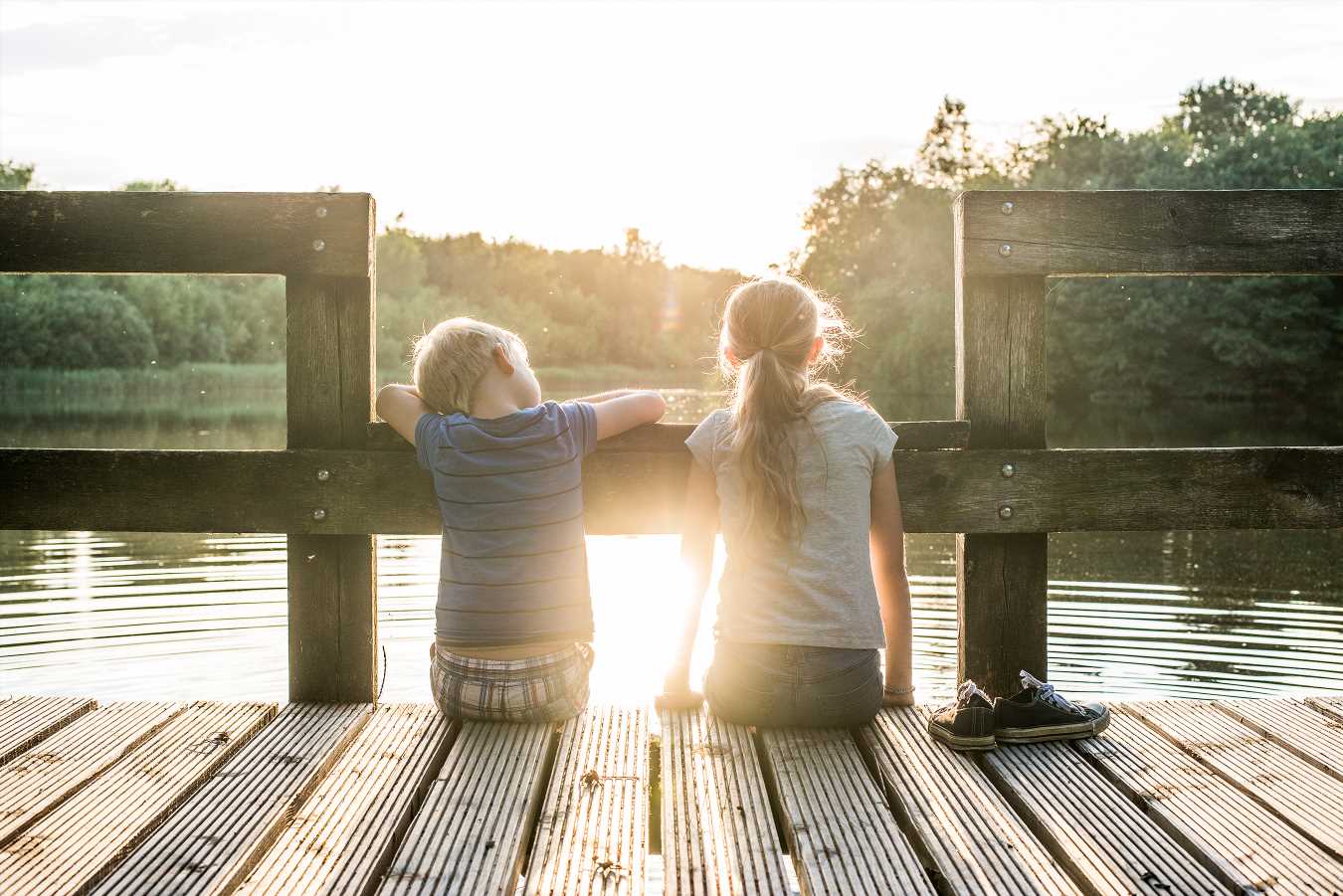Three dogs died last week from blue-green algae poisoning after playing in a pond in a North Carolina park. And the tragic incident has parents wondering whether their children could be at risk, too.
In a conversation with Parents.com, Hans W. Paerl — a professor of marine and environmental sciences at UNC-Chapel Hill — explains what the algae is, as well as the risk of human sickness or death after exposure.
Paerl told the outlet that the issue isn’t so much the algae itself, but “blooms” of it, which occur more often in warm weather, a.k.a. summer for many regions but year-round for areas like the South and Southwest United States.
“Blooms occur because we’re polluting these systems with more nutrients (nitrogen and phosphorus) that come from fertilizers, waste water, urban stormwater runoff, and other sources,” he said.
Paerl explained that said pollution, when combined with ponds’ and lakes’ water stagnation and warmer weather, “create the ideal conditions to get one of these blooms.”
Want all the latest pregnancy and birth announcements, plus celebrity mom blogs? Click here to get those and more in the PEOPLE Parents newsletter.
Mississippi Beaches Close Due to Toxic Blue-Green Algae Bloom
The Centers for Disease Control says that freshwater toxic “algal blooms are most likely to form in warm, still waters that have a lot of nutrients such as phosphorus and nitrogen.” Harmful algal blooms can also form in salt water.
Blue-green algae, the kind that led to the death of the dogs, “can produce two types of toxins, microcystins and anatoxins,” reports VCA Hospitals. “The clinical signs of poisoning depend on which toxin is involved. Microcystins affect the liver and anatoxins target the nervous system.”
Both of the toxins act fast and cause severe health problems that can lead to death in hours, and sometimes minutes, after a dog accidentally ingests algal bloom water.
But when it comes to children, the risk isn’t usually as severe since kids don’t normally swallow the water in large amounts. As Paerl told Parents.com, “there have been very few human deaths from algae.”
Instead, most of the related deaths are seen “in domestic pets and animals, as well as wildlife, because they naturally drink more water in the lake or pond.”
The side effects for humans can include rashes from swimming in affected water, coughing, skin tingling, contracting muscles and respiratory trouble — any of which should be examined by a doctor immediately if a parent is concerned following exposure to blue-green algae.
Paerl recommends staying away from water (even from playing near it, considering potential airborne toxins) that shows signs of blue-green algae, which can often be identified from its green tint and/or scum-like appearance and, according to Parents.com, “an unpleasant musky odor.”
Source: Read Full Article


